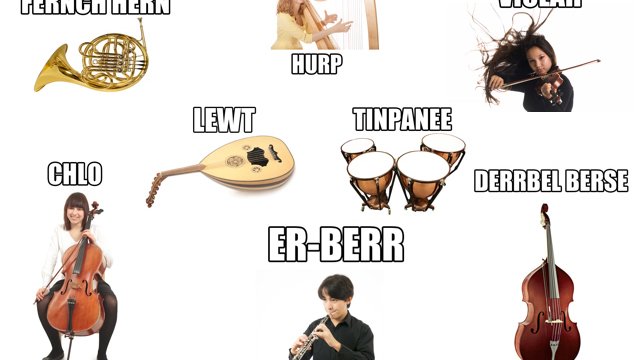

It was disheartening to pick it up and not be able to play at even a fraction of the level that I once could. Since then the transverse flute has enjoyed a constant popularity and is currently one of the most played instruments in Europe.Īt one time I was a serious flute player, and then I was in an accident that made it painful to play. In addition, a previously unattainable technical virtuosity was made possible by a completely new key system that made Romantic repertoire playable for the first time. This model completely replaced the recorder due to its new characteristics: it was made of metal for the first time, which made it possible to achieve a significant increase in volume and range. The transverse flute proved to be the better orchestral instrument because of its more present sound and, as the orchestras grew in size in the classical and romantic periods, it developed into today’s Boehm flute.

For the first time there was an explicit distinction between the “ flauto dolce” (recorder) and the “ flauto traverso” (transverse flute) as their Italian names illustrate. Since then, it has enjoyed constant recognition as a serious instrument especially, but not exclusively, as a first instrument for children’s musical education.ĭuring the baroque period the transverse flute, which had fallen somewhat into oblivion until then, came back into the spotlight. During the 18th century, however, it was forgotten or replaced by other instruments and only regained its popularity in the mid-20th century. 74, “Pathétique” by Pyotr Ilyich Tchaikovsky – II.In the 3 centuries that followed it was by far the most popular wind instrument, also because of its tonal proximity to the human voice.

35 by Pyotr Ilyich Tchaikovsky _F_ Scherzo from A Midsummer Night’s Dream by Felix Mendelssohn _H_ Symphony No. 55 “ Eroica” by Ludwig van Beethoven _B_ Violin Concerto in D major, Op. 90 by Johannes Brahms, 3rd movement C_ Le Sacre de Printemps ( The Rite of Spring), ballet and orchestral work by Igor Stravinsky _J_ Symphony No. 40 in G minor K.550 by Wolfgang Amadeus Mozart _G_ Symphony No. 1 in D major “Titan” by Gustav Mahler _E_ Symphony No. PART II Scheherazade, symphonic suite by Russian composer Nicolay Rimsky-Korsakov _I_ Cello Concerto in B minor, Op. PART I A: Goes with the musical excerpt _8_ B: Goes with the musical excerpt _2_ C: Goes with the musical excerpt _10_ D: Goes with the musical excerpt _7_ E: Goes with the musical excerpt _6_ F: Goes with the musical excerpt _3_ G: Goes with the musical excerpt _4_ H: Goes with the musical excerpt _1_ I: Goes with the musical excerpt _5_ J: Goes with the musical excerpt _9_ 74, “ Pathétique” by Pyotr Ilyich Tchaikovsky – II. 35 by Pyotr Ilyich Tchaikovsky _ Scherzo from A Midsummer Night’s Dream by Felix Mendelssohn _ Symphony No. 55 “ Eroica” by Ludwig van Beethoven _ Violin Concerto in D major, Op. 90 by Johannes Brahms, 3rd movement _ Le Sacre de Printemps ( The Rite of Spring), ballet and orchestral work by Igor Stravinsky _ Symphony No. 40 in G minor K.550 by Wolfgang Amadeus Mozart _ Symphony No. 1 in D major “Titan” by Gustav Mahler _ Symphony No. Scheherazade, symphonic suite by Russian composer Nicolai Rimsky-Korsakov _ Cello Concerto in B minor, Op. PART II And now can you match the written musical excerpt with the correct piece and composer? PART I Match the musical excerpts with the written musicĪ: Goes with the musical excerpt _ B: Goes with the musical excerpt _ C: Goes with the musical excerpt _ D: Goes with the musical excerpt _ E: Goes with the musical excerpt _ F: Goes with the musical excerpt _ G: Goes with the musical excerpt _ H: Goes with the musical excerpt _ I: Goes with the musical excerpt _ J: Goes with the musical excerpt _ Are you an avid classical music buff? Ready to test your knowledge of note reading in treble and bass clef and also your listening abilities?


 0 kommentar(er)
0 kommentar(er)
